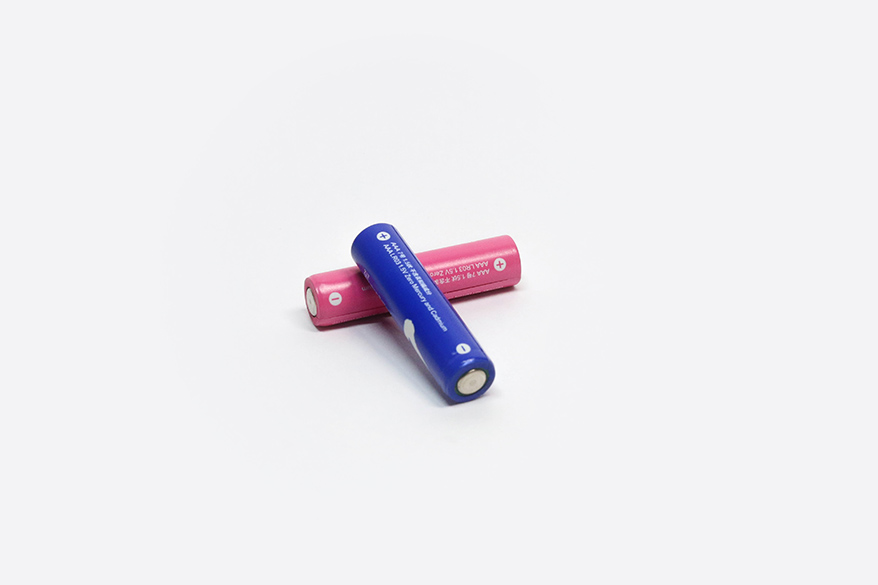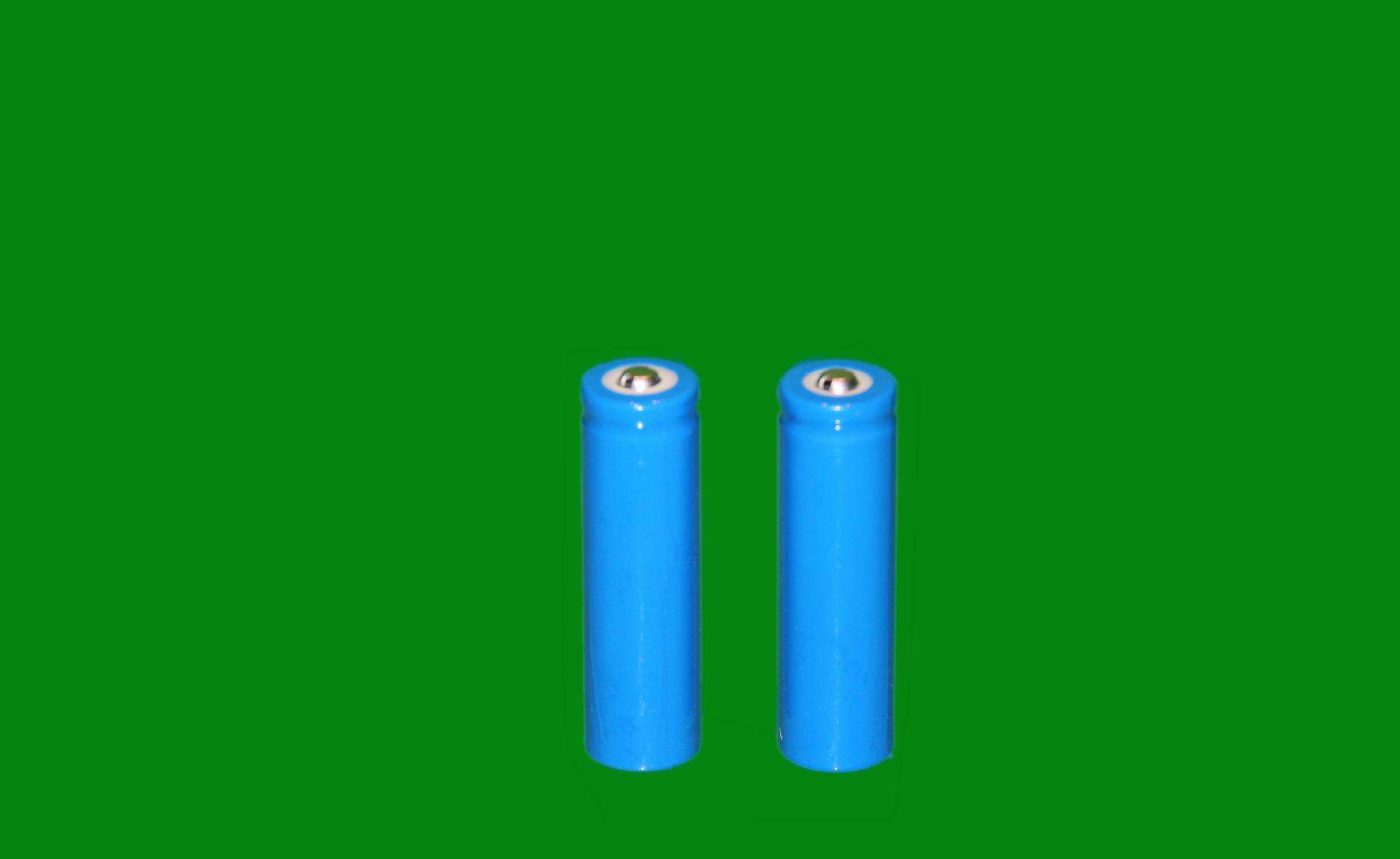Carbon Nanotube Lithium Ion Battery Referral
Jun 11, 2019 Pageview:1945
There have been different batteries been developed over the past years. The lithium batteries are a great invention.
Carbon Nanotube Lithium Ion Battery Definition
Lithium ion batteries, from electric vehicles to portable electronics, receive considerable attention in applications due to their higher energy density than other types of rechargeable battery devices.
However, constant research is needed to find new materials, with advanced abilities, in a general need for lighter, thinner lithium ion batteries with a higher capacity. Such an effort requires a solid development of both the electrode and the electrolyte, in order to improve battery capacity, usage life and discharge rates, while maintaining the highest level of protection.
The carbon nanotube (CNT) is a candidate for use in lithium-ion batteries due to its unique set of electromechanical and mechanical properties. Compared to conventional carbon such as carbon black and graphite, the inclusion of CNTs as a conductive additive at low weight loads provides a more efficient strategy for establishing an electrochemical network. In addition, in the form of a lithium ion active storage material in the CNTs or in the form of a material support for an ultra-high-power anode material such as silicon or germanium, the self-supporting electrode (absent from any binder or collector present) has potential.
The measured reversible lithium ion potential for the CNT-based anodes can be greater than 1000 mAh, depending on experimental factors, which represents a 3 times improvement over the conventional graphite anode. The main advantage of stand-alone CNT anodes is the elimination of copper current collectors, which can result in an increase in specific energy density of more than 50% for the total battery design.
However, for a developmental effort, it is necessary to overcome the current challenges of research, including loss of the first cycle and paper crystallization for free cyclic CNT electrodes. The use of the modification of the pre-litholization methods and the single wall carbon nanotube array should increase the energy density of the future battery at CNT. Further progress can be made with open structures and chakra-rich fractions of semiconductors or metal tanks, which may be able to improve the capacity and energy transport in battery-powered lithium-ion batteries.
Carbon Nanotube Lithium Ion Battery Properties
The Carbon Lithium Ion batteries are being used all over the world for a lot of reasons. There are a lot of properties that make these batteries different from all of the other batteries. First of all, these batteries have a very higher energy density and they can be used over and over again. Moreover, these batteries have a lot of different types for you to choose from. If you are looking for the batteries that will perform the best then Lithium Ion batteries are the best choices.
Carbon Nanotube Lithium Ion Battery Applications
There are a lot of different applications of the lithium ion batteries. Some of those applications are as follow:
Carbon Nanotubes In Healthcare
The researchers improved the dental implant by adding nanotubes to the surface of the implant material. They showed that titanium dioxide in nanotubes is better for bones than of standard titanium implants. They have also shown that they can fill nanotubes using anti-inflammatory drugs which are applied to area surrounding its implant.
MIT's Researchers has developed a sensor with carbon nanotubes embedded in a gel; Which can be injected under the skin to control the level of nitric oxide in the blood. The level of nitric oxide is important because it indicates inflammation, which facilitates the monitoring of inflammatory diseases. In tests on laboratory rats, the sensors have been working for more than a year.
Researchers have shown artificial muscles made of threads woven with carbon nanotubes and filled with wax. Tests have shown that artificial muscles can lift 200 times more weight than the same size as natural muscles.
Nanotubes linked to an antibody produced by chickens have proved useful in laboratory tests aimed at destroying breast cancer tumors. Nanotubes containing antibodies are attracted to proteins produced by a type of breast cancer cell. Once connected to these cells, the nanotubes absorb the light of an infrared laser, burn nanotubes and attached tumors.
Carbon Nanotubes and the Environment
Carbon nanotubes are manufactured to clean the oil spill. Researchers have discovered that due to the increase in carbon nanotubes, the addition of boron atoms causes them to develop in the sponge, which often looks like the material capable of absorbing its weight in oil. These nanotube sponge jumps are magnetic, which once offer the possibility of recovering them when filled with oil.
These are used in the form of holes in the membrane to operate the reverse osmosis desalination plant. Water molecules pass more easily than the smooth walls of carbon nanotubes, compared to other types of nanopores, which require less energy. Other researchers use carbon nanotubes to develop essential small, cheap water treatment equipment in developing countries.
The sensors that use detection elements can detect a series of chemical vapors. Sensors work by responding to the change in the resistance of carbon nanotubes in the presence of a chemical vapor.
Researchers from Menten University in Texas demonstrated a method to spray carbon nanotubes on flexible plastic surfaces to create sensors. Researchers believe that this method can produce lower cost sensors on surfaces such as plastic wrap, so that sensors can detect poor food.
A cheap nanotube sensor can detect bacteria in drinking water. A special bacteria-sensitive antibody is attached to the nanotubes and is then stored on the paper. When the bacterium is present, the space between the nanotube and the nanotube paper changes the strength of the web and adds it to the antibody.
Carbon nanotubes with golden nanoparticles can be used to collect polluting oil droplets. Because the golden tip attracts water, carbon is attracted by the oil. As a result, nanotubes make shells around oil droplets, carbon ends are directed toward the oil, and gold ends toward the water.
You can contact us at, large power, to get our services or buy the carbon nanotube lithium ion battery. We will try our best to help you in every way possible.
- Prev Article: What happens when you overcharge a lithium ion battery?
- Next Article: Roaring top LiPo batteries
Leave Message
Hottest Categories
-
Hottest Industry News
-
Latest Industry News











